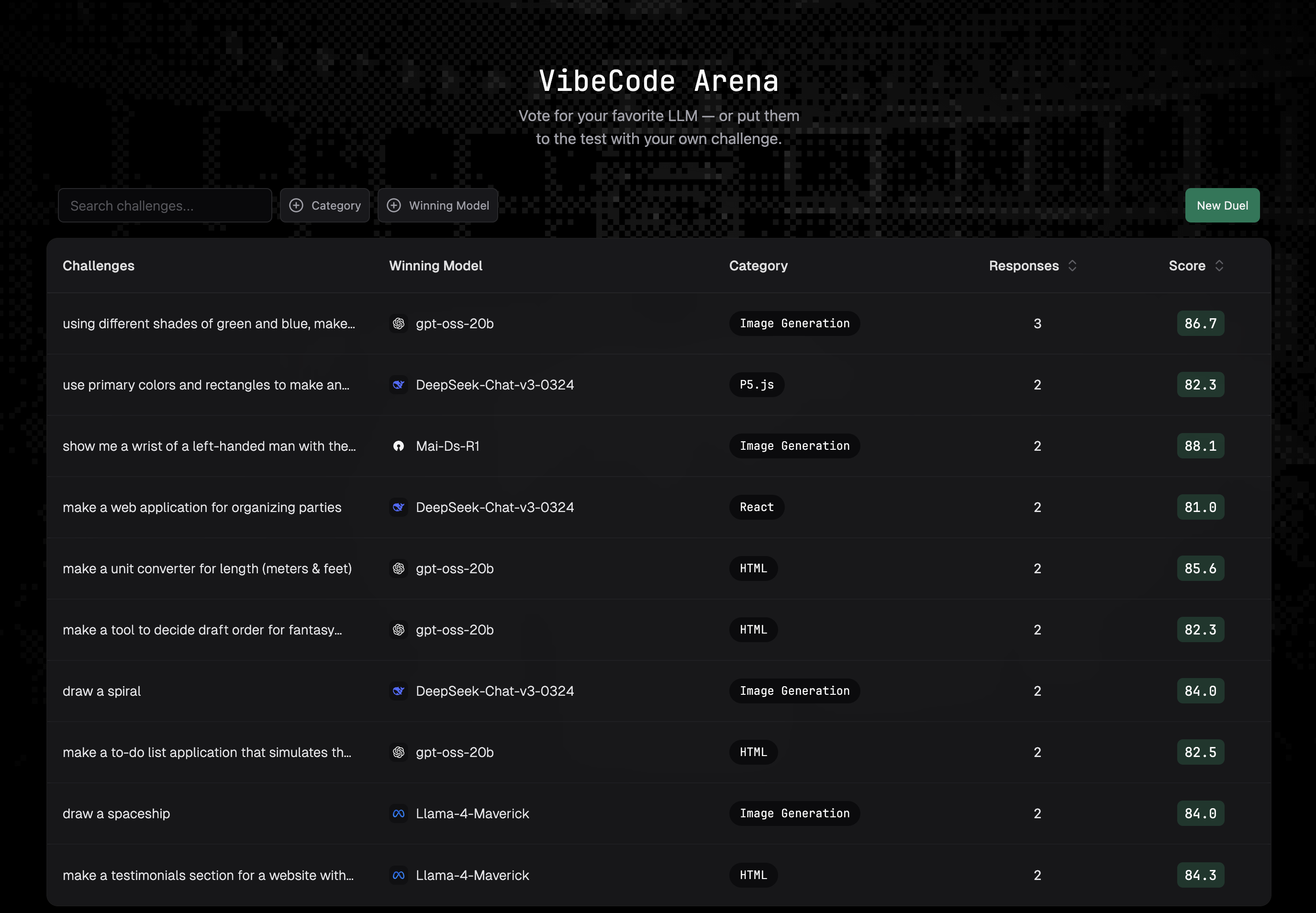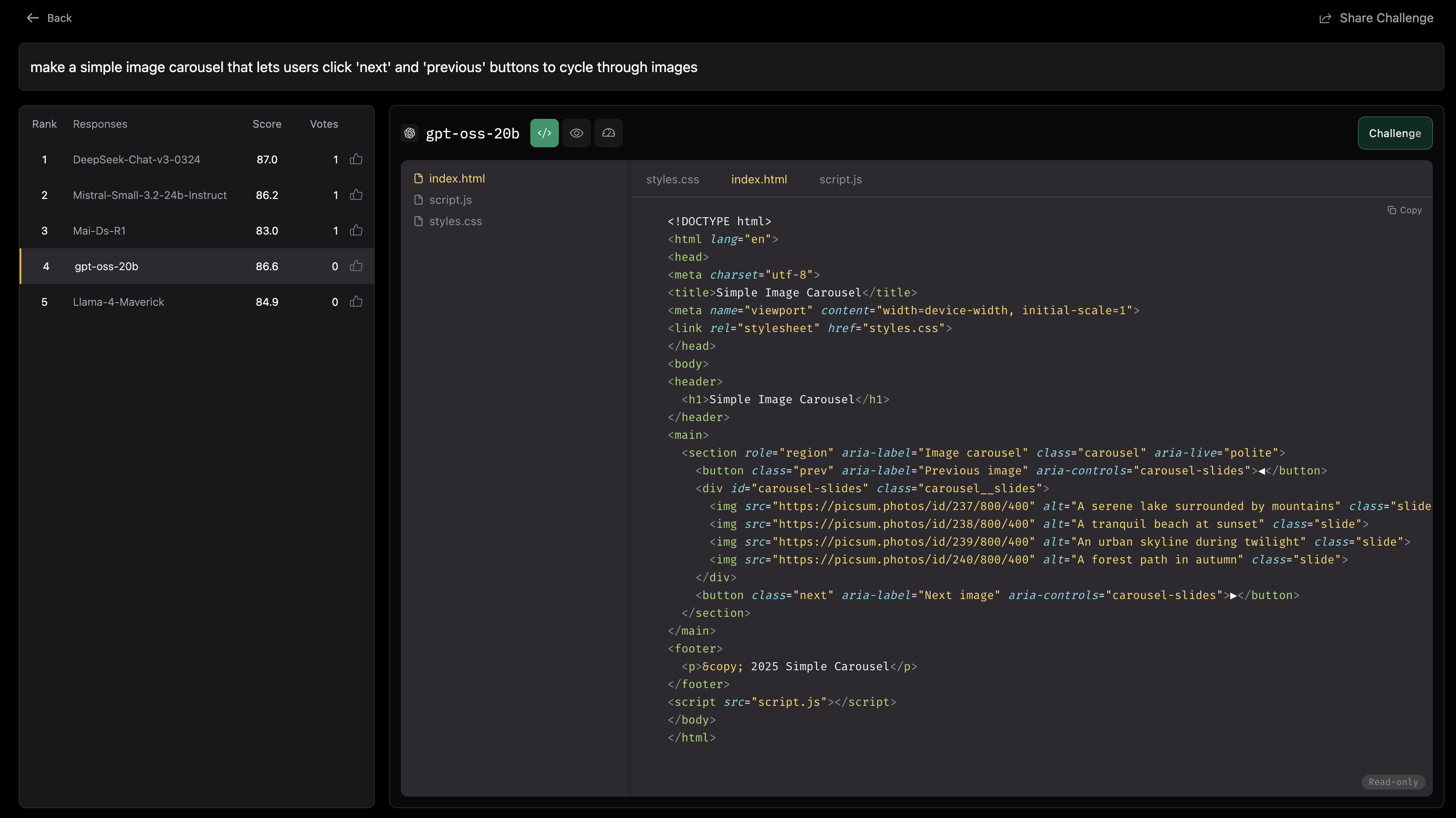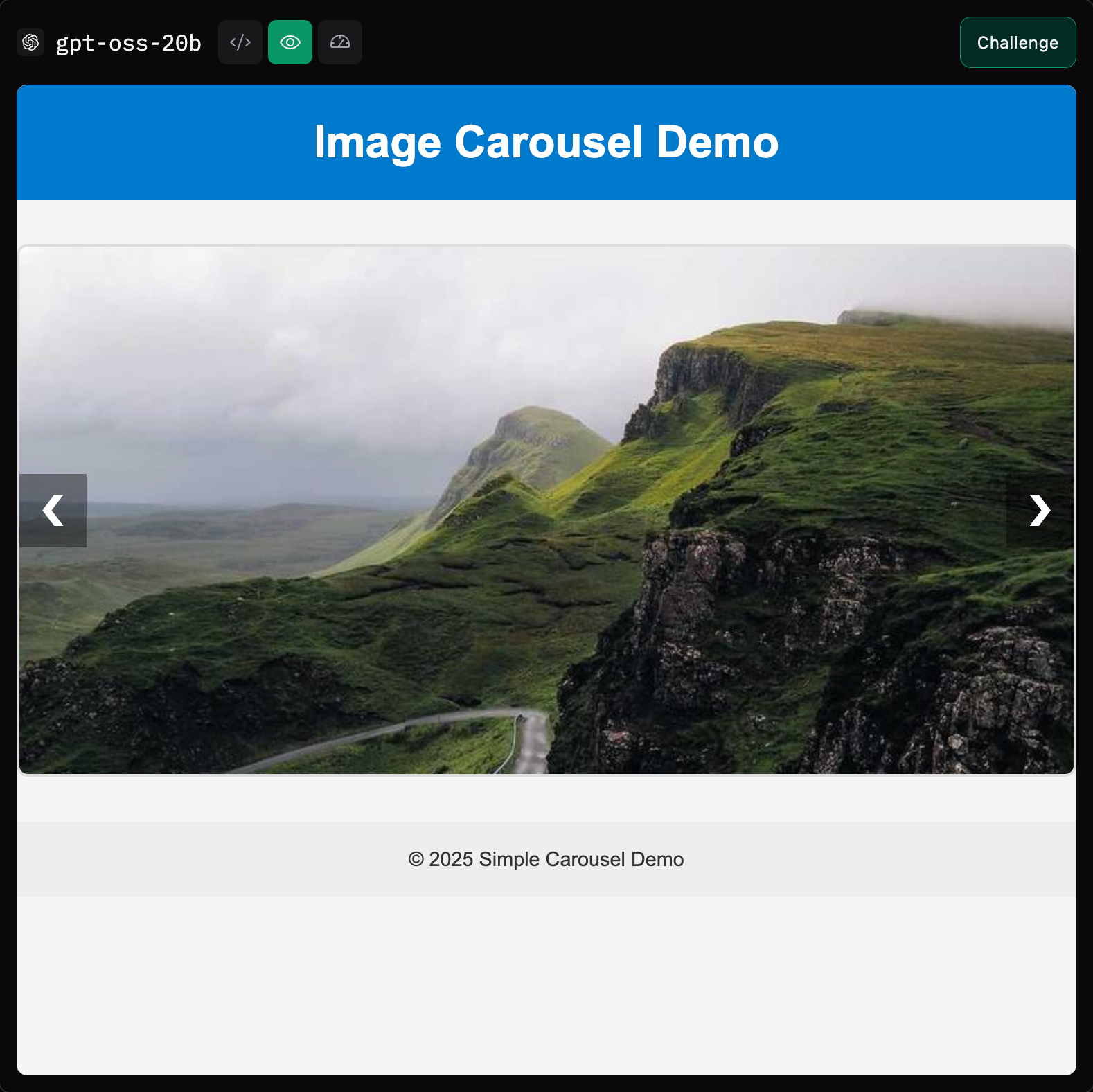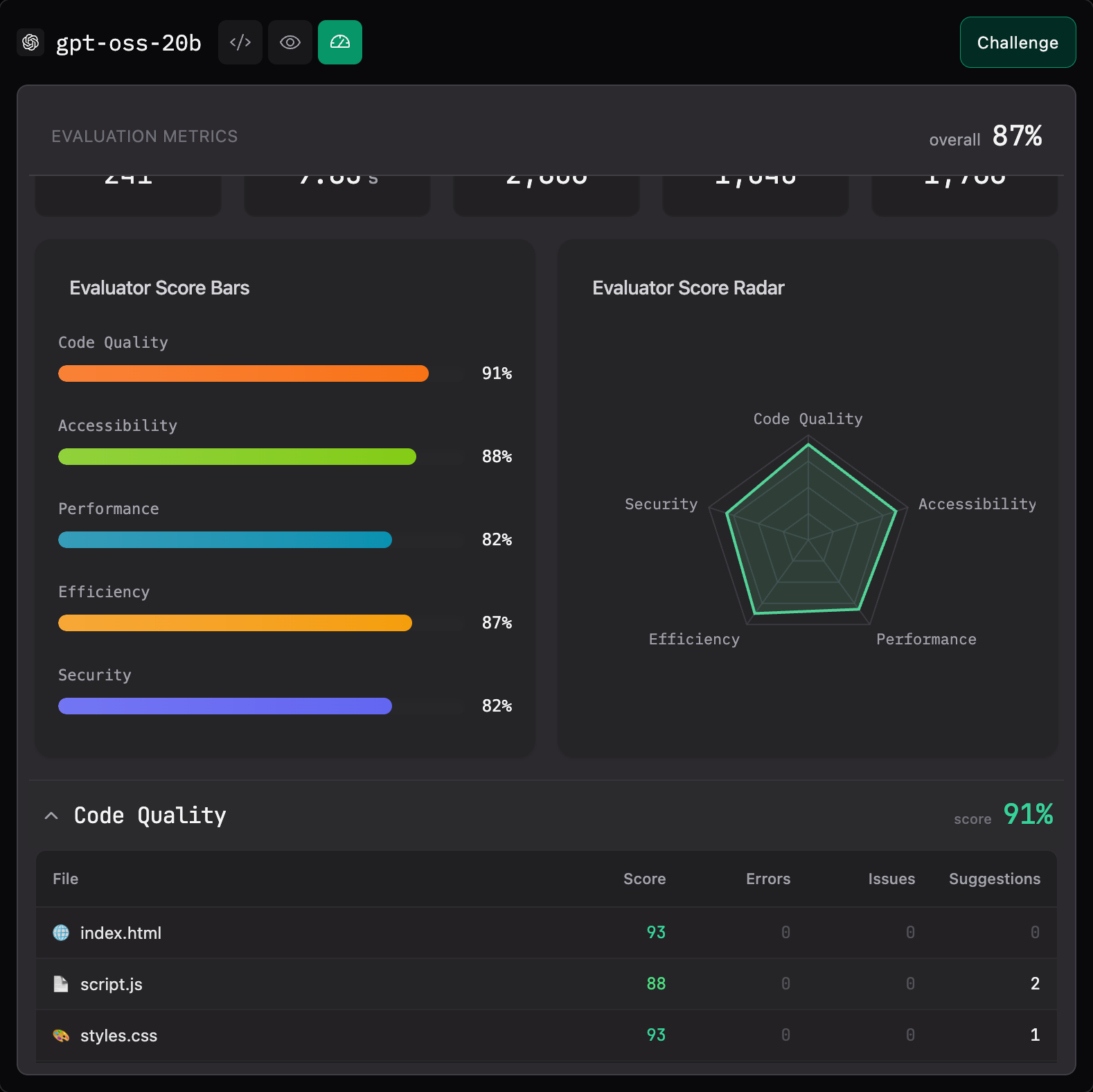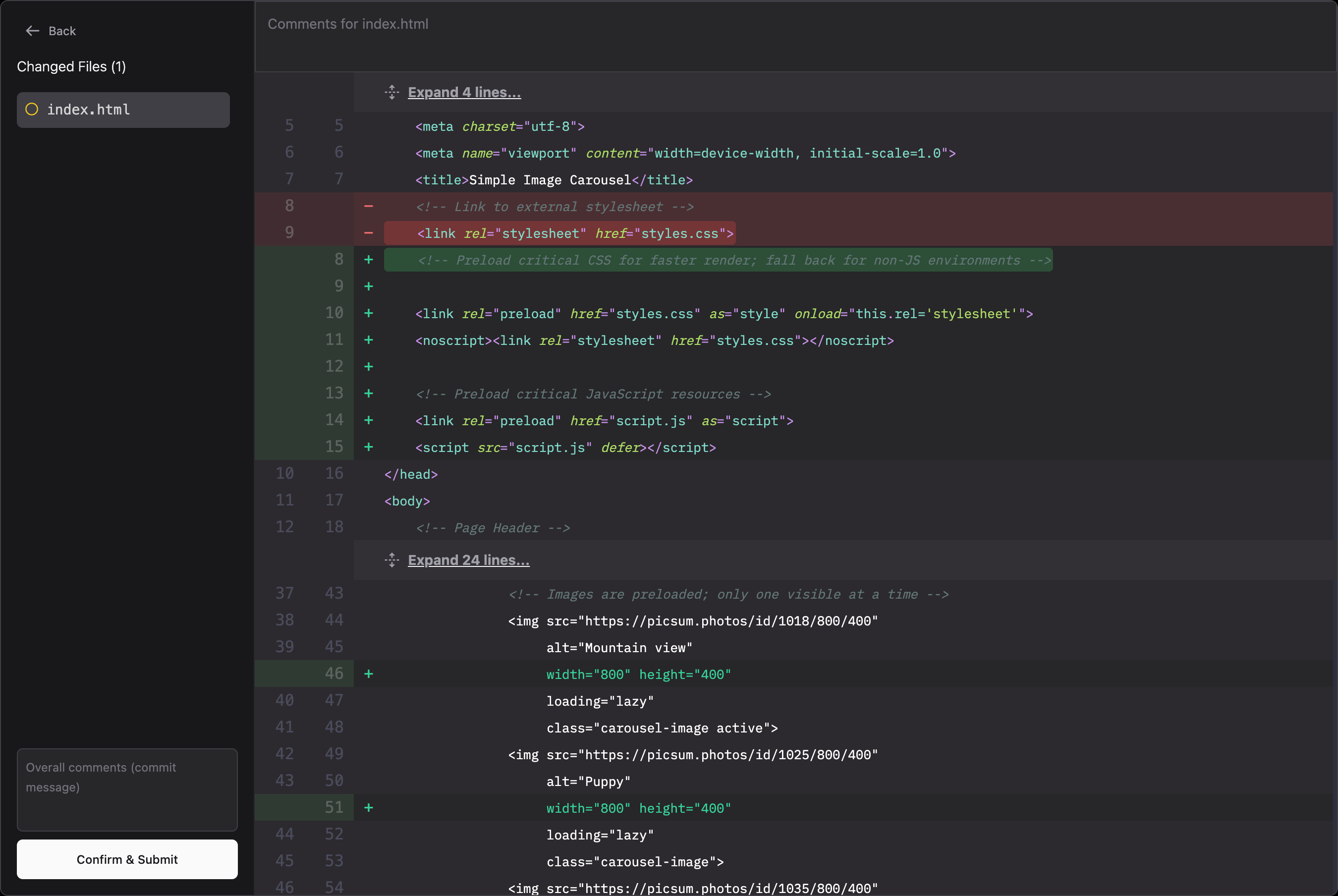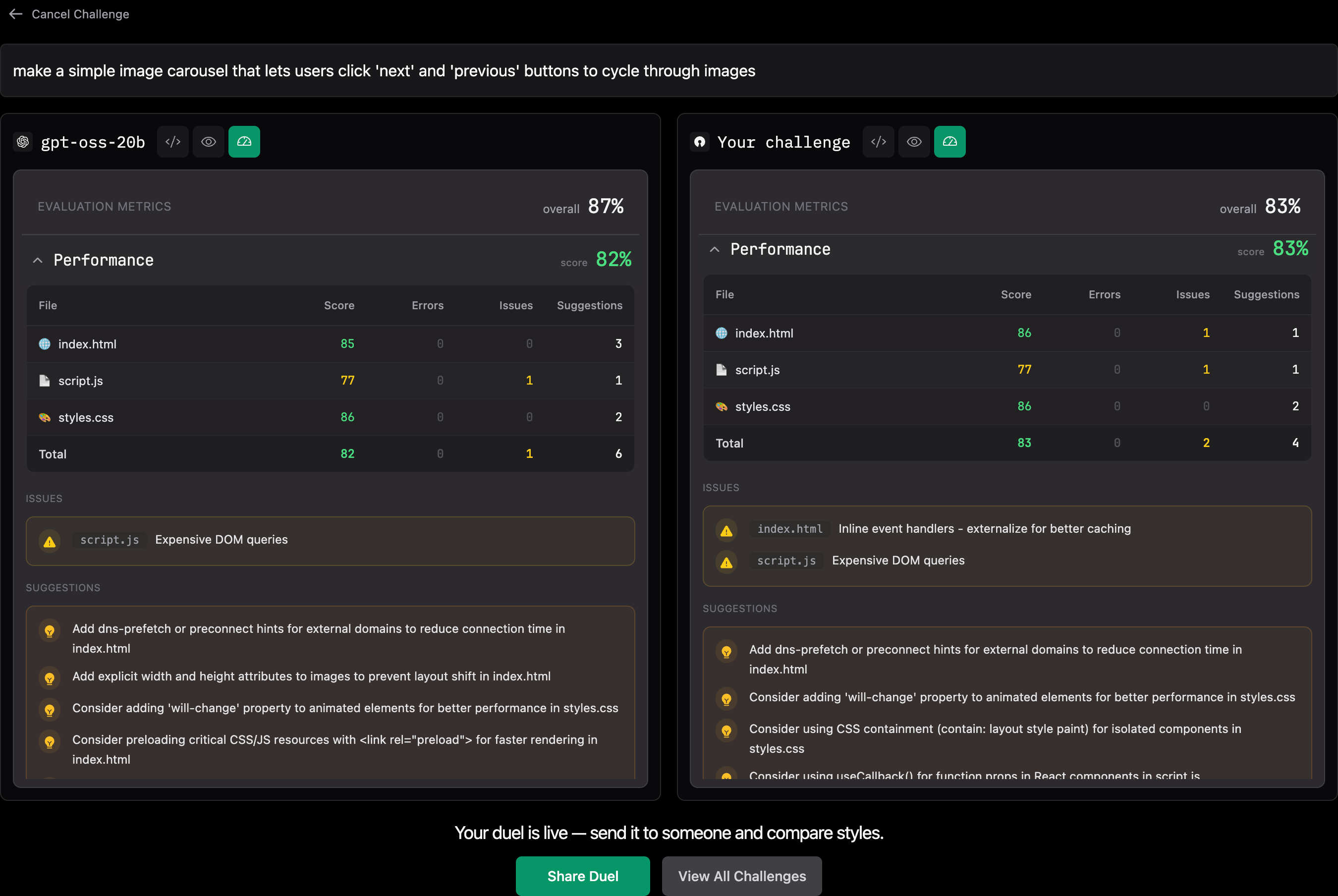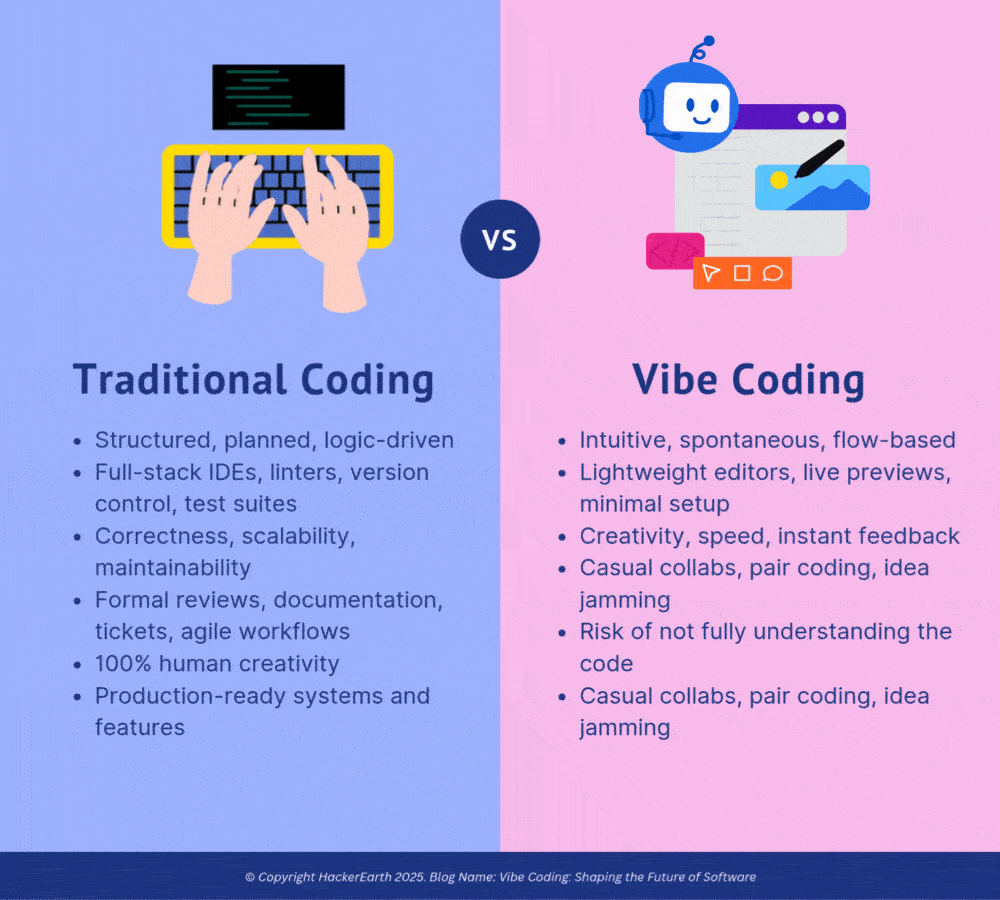The tech industry faces a unique hiring challenge—roles demand highly specialized skills, innovation, and adaptability. Yet, traditional hiring methods, like reliance on resumes or unstructured interviews, often fail to meet these needs. Enter evidence-based hiring, a data-driven approach that focuses on measurable metrics, validated assessments, and analytics to identify the right talent.
In this guide, we’ll dive into why evidence-based hiring is a game-changer for tech recruitment, how to implement it, and the tangible benefits it brings.
What is evidence-based hiring?
Evidence-based hiring uses objective data, validated tools, and analytics to evaluate candidates’ skills, behaviors, and potential. It shifts the focus from subjective opinions to quantifiable results. In tech hiring, this involves assessing abilities like programming, debugging, and problem-solving with tools that simulate real-world scenarios.
Unlike traditional hiring, which often relies on assumptions or gut feelings, evidence-based hiring ensures that decisions are backed by solid proof. This approach not only reduces errors but also creates a fair and inclusive process for candidates.
Why is evidence-based hiring critical in tech?
1. Reducing the cost of bad hires
Bad hires in tech can have catastrophic impacts. According to a report by the Society for Human Resource Management (SHRM), the average cost of a bad hire is nearly $240,000, factoring in recruitment, onboarding, and lost productivity. Evidence-based hiring reduces this risk by ensuring candidates are thoroughly vetted for both skills and cultural fit.
2. Addressing the tech talent gap
The global tech talent shortage continues to grow. In 2023, 63% of IT leaders reported a lack of skilled professionals as the biggest barrier to digital transformation (Gartner). Evidence-based hiring allows recruiters to uncover talent from non-traditional sources, focusing on potential and skills rather than just degrees or experience.
3. Boosting diversity and inclusion
Bias in hiring remains a critical issue. Research by Harvard Business Review shows that resumes with “ethnic-sounding” names receive 30% fewer callbacks compared to identical resumes with “White-sounding” names. Evidence-based hiring tools like blind assessments and structured interviews help eliminate these biases, creating a more equitable hiring process.
4. Ensuring job readiness
Tech roles demand more than theoretical knowledge. According to HackerRank’s 2023 Developer Skills Report, 70% of hiring managers say practical skills are more important than academic qualifications. Evidence-based hiring evaluates real-world performance, ensuring candidates can deliver on the job from day one.
Evidence-based hiring methods for tech teams
For tech teams, implementing evidence-based hiring practices requires more than just assessing a candidate’s resume or conducting a traditional interview. To identify the right talent, recruiters need to evaluate candidates using tools and methods that align with the specific technical demands of the role. Below are several evidence-based hiring methods that can help tech teams make data-driven decisions and improve recruitment outcomes.
1. Skill assessments and technical challenges
The core of evidence-based hiring in tech is the use of skills assessments that simulate real-world tasks. Platforms like HackerEarth provide technical assessments and coding challenges designed to evaluate a candidate’s problem-solving abilities, coding proficiency, and domain-specific knowledge. These assessments are validated to ensure they measure the exact skills required for the job, allowing employers to see how a candidate performs under realistic, job-relevant conditions.
For example, a software engineer might be asked to write a piece of code that solves a specific problem, or a DevOps engineer may need to configure a continuous integration pipeline. These practical assessments provide deeper insights into a candidate’s capabilities beyond what’s written on a resume.
2. Behavioral and cognitive assessments
Technical roles often require a blend of cognitive and interpersonal skills. Behavioral assessments, including psychometric tests, help to gauge a candidate’s problem-solving abilities, adaptability, and emotional intelligence—key qualities for thriving in fast-paced tech environments. Cognitive assessments can be used to evaluate a candidate’s ability to learn, analyze, and apply knowledge quickly, which is particularly crucial for tech teams dealing with rapidly changing technologies.
For example, behavioral assessments could simulate high-pressure situations where candidates must demonstrate their decision-making skills. A cognitive assessment may test logical reasoning or abstract thinking—important abilities for developers tasked with solving complex, ambiguous problems.
3. Structured interviews
While interviews are a standard part of the hiring process, structured interviews are a critical tool in evidence-based hiring. In a structured interview, all candidates are asked the same set of predetermined questions, focusing on job-relevant skills and competencies. This method minimizes bias and ensures that interviewers are evaluating candidates on equal footing, making the comparison process more objective.
For example, a tech lead may ask every candidate applying for a senior software engineer role the same technical questions, allowing them to assess problem-solving approaches, technical depth, and communication skills consistently. This is a more reliable method than unstructured interviews, where the conversation may veer off-topic or become influenced by biases.
4. Work simulations and real-world scenarios
Simulating work environments is another effective evidence-based hiring method, especially for technical positions. Work simulations allow candidates to demonstrate their skills in real-world, job-relevant scenarios. For example, a front-end developer might be asked to design a user interface from scratch or a data analyst could be asked to analyze a dataset and generate actionable insights.
These simulations reflect what candidates will actually be doing on the job and provide direct evidence of their capabilities. By assessing candidates’ performance in these practical scenarios, hiring teams can make decisions based on the actual skills required for the role, rather than theoretical knowledge or past experiences.
5. Predictive analytics and data insights
Predictive analytics is another powerful tool in evidence-based hiring, especially when it comes to hiring at scale. By collecting and analyzing data from candidate assessments, behavioral responses, and even historical hiring patterns, tech teams can use predictive models to forecast a candidate’s likelihood of success within the organization.
For example, predictive analytics can identify candidates who demonstrate the potential to thrive in specific roles based on past assessment data from similar profiles. By leveraging these insights, hiring teams can make more confident decisions, reduce the time-to-hire, and enhance the overall quality of hire.
6. Bias reduction tools (e.g., blind hiring)
An important component of evidence-based hiring is reducing unconscious bias. Blind hiring tools, such as HackerEarth’s PII masking, anonymize personal details like gender, age, or ethnicity, ensuring that candidates are evaluated solely on their skills and qualifications. This removes the risk of bias creeping into the selection process, promoting diversity and ensuring a fairer evaluation of talent.
For example, if an employer is hiring for a back-end developer position, the candidate’s resume and application might be stripped of any identifiable information such as their name, gender, or educational institution. This allows recruiters to focus purely on the candidate’s performance on skills assessments, ensuring they are selected based on merit.
By incorporating these evidence-based hiring methods, tech teams can streamline their recruitment process, make better-informed decisions, and ultimately hire candidates who are the best fit for the role and the organization. Using data-driven, objective assessments eliminates guesswork and ensures that tech teams are building diverse, high-performing groups equipped to tackle the challenges of today’s fast-paced digital world.
Measuring the impact of evidence-based hiring
1. Enhanced quality of hire
A LinkedIn study revealed that organizations using data-driven hiring practices see a 50% improvement in quality of hire. Evidence-based methods ensure candidates possess the skills and mindset needed to thrive.
2. Reduced time-to-hire
Validated assessments quickly filter out unqualified candidates, reducing the time spent on manual screening. HackerEarth’s pre-built assessments allow companies to shortlist top talent in a fraction of the time.
3. Higher retention rates
When candidates are hired based on skill and cultural alignment, retention improves. Companies using evidence-based hiring report 40% higher retention rates compared to those relying on traditional methods.
4. Improved diversity metrics
Blind hiring features, such as HackerEarth’s PII masking, anonymize candidate data, focusing evaluations on skills alone. This promotes inclusivity and helps teams achieve diversity goals without sacrificing talent quality.
The role of HackerEarth in evidence-based hiring
HackerEarth empowers tech recruiters with tools to make data-driven decisions.
- Validated skill assessments: Designed with psychometric rigor, these tests evaluate a candidate’s technical abilities with precision.
- Real-world problem-solving simulations: Test candidates on coding, debugging, and system design in environments mirroring actual job scenarios.
- Blind hiring with PII masking: This feature anonymizes candidate information, allowing evaluations based solely on skills, not demographics.
- Data analytics and reporting: Recruiters gain insights into candidate performance, enabling them to identify patterns and refine hiring strategies.
Did you know? HackerEarth’s assessments are developed and validated by a team of I/O psychologists and data scientists, ensuring reliability and predictive accuracy.
Why evidence-based hiring is the future of tech recruitment
In today’s competitive tech landscape, relying on traditional hiring methods is no longer sufficient. Evidence-based hiring offers a transformative approach that ensures your recruitment process is not only more efficient but also fair, objective, and precise. By leveraging data, validated assessments, and predictive analytics, companies can make more informed decisions, reduce bias, and secure top talent.
As tech teams continue to evolve and demand specialized skills, integrating evidence-based hiring methods is essential for staying ahead of the curve. Platforms like HackerEarth empower recruiters with the tools they need to assess candidates on real-world skills and job readiness—eliminating guesswork and enabling data-backed decisions.
The future of tech recruitment is here, and it’s rooted in evidence. By embracing this approach, organizations can build stronger, more diverse teams, improve hiring outcomes, and ultimately drive greater success. Evidence-based hiring isn’t just the smarter choice; it’s the only way forward in the fast-paced world of tech talent acquisition.








